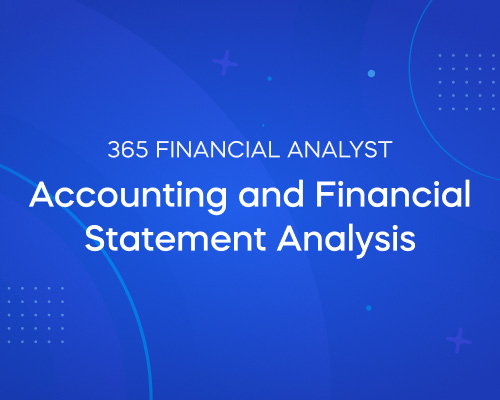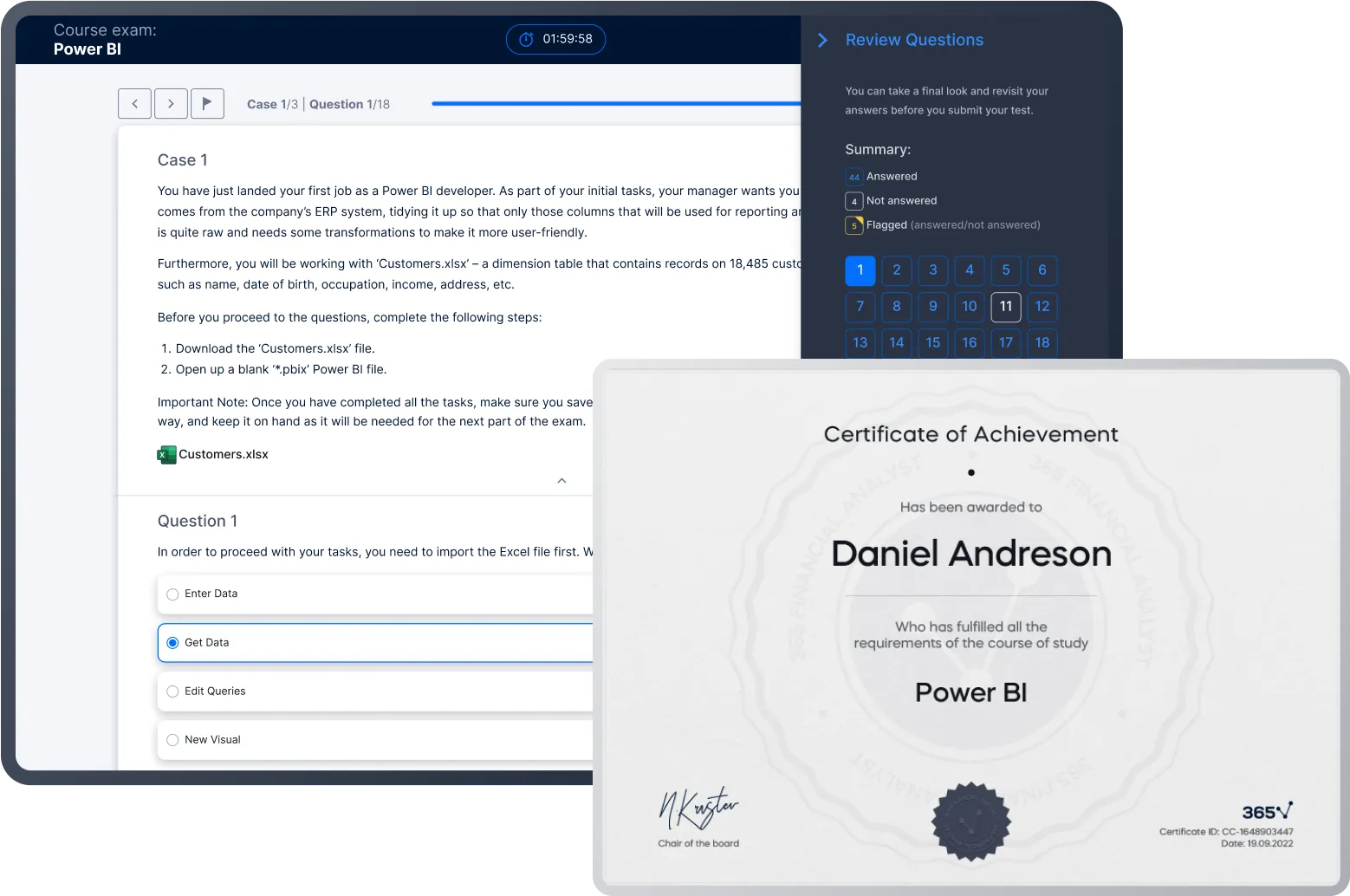Accounting and Financial Statement Analysis
top-rated
Master essential accounting skills: from debits and credits to advanced financial statement analysis
 Start for free
Start for free
What you get:
- 5 hours of content
- 63 Interactive exercises
- 34 Downloadable resources
- World-class instructor
- Closed captions
- Q&A support
- Future course updates
- Course exam
- Certificate of achievement
Accounting and Financial Statement Analysis
top-rated
 Start for free
Start for free
What you get:
- 5 hours of content
- 63 Interactive exercises
- 34 Downloadable resources
- World-class instructor
- Closed captions
- Q&A support
- Future course updates
- Course exam
- Certificate of achievement
 Start for free
Start for free
What you get:
- 5 hours of content
- 63 Interactive exercises
- 34 Downloadable resources
- World-class instructor
- Closed captions
- Q&A support
- Future course updates
- Course exam
- Certificate of achievement
What you learn
- Develop a comprehensive understanding of the importance of financial accounting in business decision-making
- Master the fundamental techniques for recording financial transactions using debits and credits
- Acquire detailed knowledge of the core financial statements - Profit & Loss and Balance sheet
- Apply fundamental accounting principles, such as the main accounting equation, to record transactions and build cohesive Profit & Loss and Balance sheet statements
- Learn how to prepare a complete cash flow statement and study a company’s ability to generate cash
- Assess financial performance and sustainability with the main financial ratios
Top Choice of Leading Companies Worldwide
Industry leaders and professionals globally rely on this top-rated course to enhance their skills.
Course Description
Learn for Free

1.1 What does the course cover
1 min

1.2 What Is Accounting and Why Do We Need It
5 min

1.4 The Importance of Bookkeeping - Good Accounting Records Are Essential
3 min

1.5 Financial Accounting - Who Needs Financial Reports
2 min

2.1 The Three Main Financial Statements - P&L, Balance Sheet and Cash Flow Statement
2 min

2.2 Income Statement Items
6 min
Curriculum
Topics
Course Requirements
- No prior experience or knowledge is required. We will start from the basics and gradually build your understanding. Everything you need is included in the course
Who Should Take This Course?
Level of difficulty: Beginner
- Aspiring accountants, financial analysts, financial controllers, investment bankers, investment analysts
- Anyone who wants to work in finance
Exams and Certification
A 365 Financial Analyst Course Certificate is an excellent addition to your LinkedIn profile—demonstrating your expertise and willingness to go the extra mile to accomplish your goals.

Meet Your Instructor
Ned Krastev is an entrepreneur and educator who has helped over 1.6 million students worldwide gain business, finance, and data skills. After earning his Master's degree in Finance from Bocconi University in Milan, he built a career with leading companies including PwC Italy, Coca-Cola European Partners, and Infineon Technologies. In 2014, Ned published his first online course on financial modeling and valuation, sparking his passion for online education. Today, as Founder & CEO of 365 Careers and Co-founder of 365 Data Science, he leads one of the most successful global providers of professional training, aiming to bridge the gap between academic theory and real-world business application.
What Our Learners Say
365 Financial Analyst Is Featured at
Our top-rated courses are trusted by business worldwide.
